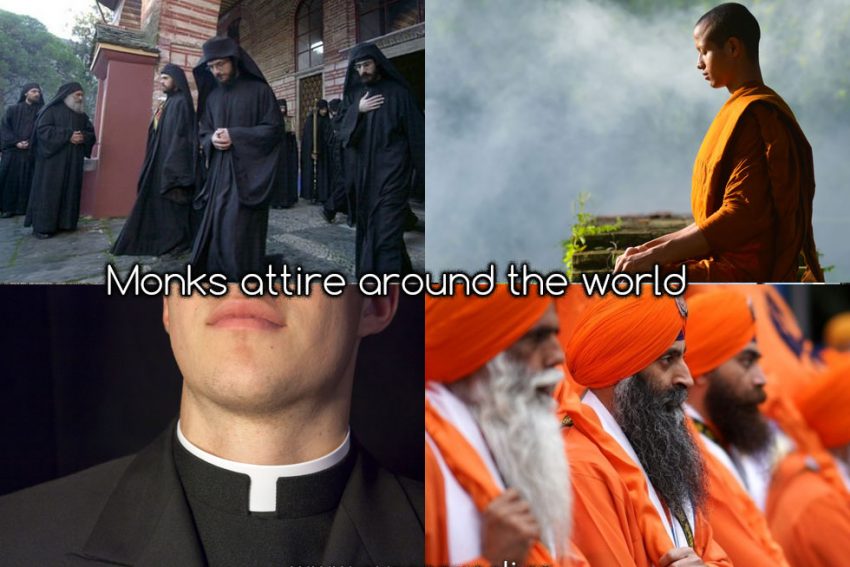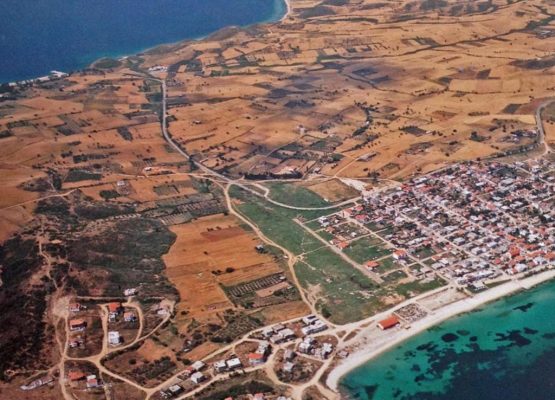Have you ever wondered what monks of different religions wear? Or even what their robes mean? If so, check out the monks’
Have you ever wondered what monks of different religions wear? Or even what their robes mean? If so, check out the monks’ attire around the world here.
Religion for many nations in this world is a big part of their culture, lifestyle and traditions. Greece is dominantly an Orthodox Christian country and across the country you can find many chapels, churches, cathedrals and monasteries.
The biggest monastic community in Greece is Mount Athos or otherwise known as the Holy Mountain. But have you ever wondered what monks wear or why they specifically wear these particular clothes? Well, let’s check out their clothing.
Greek Orthodox monks and nuns:
Traditionally, monks wear a simple black kalimavkion, a stiff cylindrical head covering, similar to a stovepipe hat but without a brim.
Usually the kalimavkion is then covered by a black veil, but ordained clergy wear a kalimavkion with a flattened conical brim at the top. Monastic deacons remove the veil when they vest for services, but monastic priests do not. Nuns on the other hand do not normally wear a kalimavkion, but rather just the veil.
Let’s have a look at some other religious attire:
Buddhist monks and nuns:
There are commonly three components to the robe: an inner garment or waistcloth, an upper robe, and an outer robe. Buddhist nuns typically wear a vest and a bathing cloth.
According to some Buddhist clergy, the robes create a “uniformity of intention” visible at first glance. Though the colors of these robes vary by region, the earlier garments worn by Buddhist monks were likely a yellow-orange color.
Catholic priests:
Traditionally they wore a cassock, or long robe, though modern clergy often wear simple black suits and a Roman collar outside of liturgical functions. Many priests also wear a clerical collar, a narrow, often white band that attaches to the clergy shirt.
This can be worn with a tab-collar shirt or a neckband shirt.
Orthodox Jewish:
Women are encouraged to cover their hair and wear skirts below their knees as a sign of modesty. Orthodox men typically wear long black garments to indicate a “lack of concern for color and other dictates of fashion, and thus helps keep priorities straight,” according to Chabad guidelines.
Orthodox men also wear a kippah, tallit, or shawl, and tzitzit, which are strings tied in a particular pattern that fall from the four corners of the tallit.
Sikhs:
Sikh spiritual clothing, or bana, includes a turban, modest attire and the five articles of faith. The turban, or dastar, acts as a symbol of piety and dedication, according to the Sikh Coalition.
Sikhs often wear their hair unshorn as the founders of the Sikh faith did and in keeping with religious requirements.



